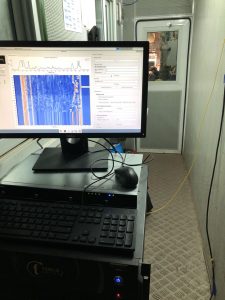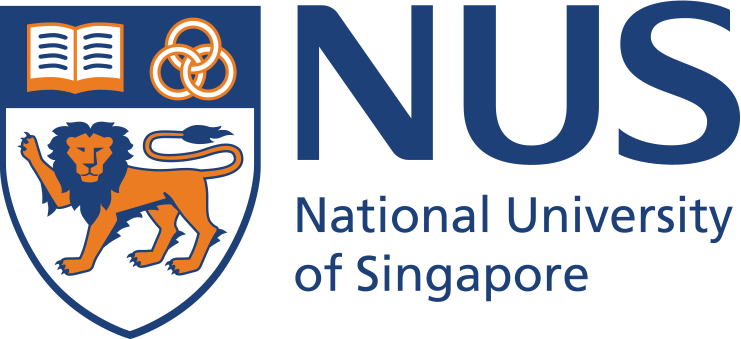-
-
- Bridging Scales from Below: The Role of Heterogeneities in the Global Water and Carbon Budgets
- Increasing Occurrences of Cyanobacterial Blooms Driven by Climate Change Factors
- Carbon Capture and Utilization
- Integrated Coastal-Inland Flood Model for Climate Change
- Pathways for Sustainable and Climate-Resilient Planning of Water-Energy-Food Security Nexus
-
- Air Quality and Health: A Paradigm Shift
- Surface Water Quality and Emerging Contaminants
- Microbial detoxification of persistent organohalide pollutants (POPs)
- Nutrients Removal in Waterbodies via Sustainable Pathways
- Centre for Water Research (CWR) researchers join their forces with U of T researchers for microplastics pollution detection and control in water and wastewater
- Dealing with Hard-To-Treat Industrial Wastewater
- Valorization of Bioresources – Towards a Circular Economy
-
- Intelligent Traffic Diffusion Plan Generation, Effective Assessment and Dissemination Strategies
- Transforming Waste into Resources for Infrastructural Development
- Look-Ahead Integrated Geophysical Investigation System (IGIS) for Singapore Tunnels
- Next-Generation Airport Pavements with Full-Scale Instrumented Testing
-
- Centre for Advanced Materials and Structures
- Centre for Hazards Research
- Centre for Resilient Underground Infrastructure and Engineering (CRUISE)
- Centre for Transportation Research
- Centre for Water Research
- Centre for Resource Circularity and Resilience (CR)2
- Centre for Offshore Research and Engineering (CORE)
- Centre for Environmental Resilience
- Safety & Health Committee
- Completed Research Projects
- Research Brief
- Achievements (in the media)
Look-Ahead Integrated Geophysical Investigation System (IGIS) for Singapore Tunnels
This project aims to provide a real-time, non-destructive, and non-disruptive warning system equipped with cutting edge geophysical sensors and techniques in tunnel to detect potential risks ahead of the TBM cutter head. This is the first fully non-intrusive, non-disruptive, and universally compatible tunnel look-ahead system that has been proposed and tested in the tunnelling industry.

The underground space in Singapore is unique with complex geology and many previous developments. The confined environment caused by a tunnel boring machine (TBM) and the geometry of the tunnel severely limit the possible design for conventional data acquisition methods. In addition, the high accuracy, high resolution, and near real-time requirements during a tunnel project have also significantly challenged the conventional geophysical survey. In the project, the above technical challenges are overcome based on an integrated geophysical investigation system (IGIS) where seismic, GPR, and ER methods complement each other for a reliable and fast solution to guide the tunnel projects. Innovations in data acquisition, signal processing, and engineering are studied for each geophysical method. In particular, fibre optical cables are utilized in addition to conventional geophones for better, longer, and real-time recordings of the active and passive seismic signal. Specific processing algorithms will be developed for these seismic signals according to its specific geometry and noise signature. In this study, the feasibility of acquiring its data on the side wall inside the tunnel lining is explored. This is to alleviate the requirements of existing systems to have direct access to the tunnel face or to drill through the tunnel lining for direct contact to the geological formation. The rich data gathered from these geophysical methods are analysed simultaneously, in order to enhance the resolution and to provide more information on the physical properties of the detect obstruction. Finally, a data-based machine-learning approach is proposed to connect all geophysical data with the soil model.

The success of this project generates essential knowledge about the feasibility of geophysical methods in a tunnel environment and provides specific guidance and recommendations on how to implement these methods inside each TBM for different geological conditions. The impact of its success is not limited to Singapore, but also to any constantly developing urban city globally.

For more details, please contact:
Assoc Prof Chian Siau Chen, Darren
Email: sc.chian@nus.edu.sg

